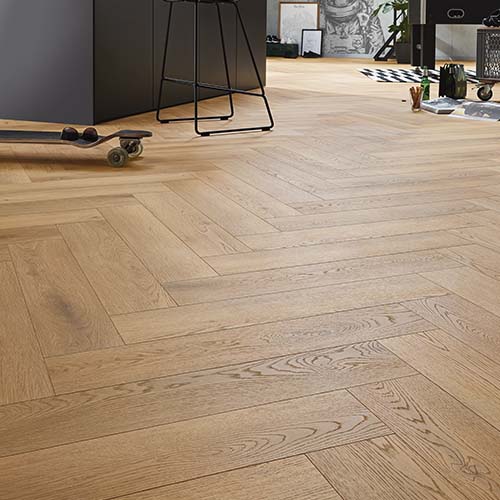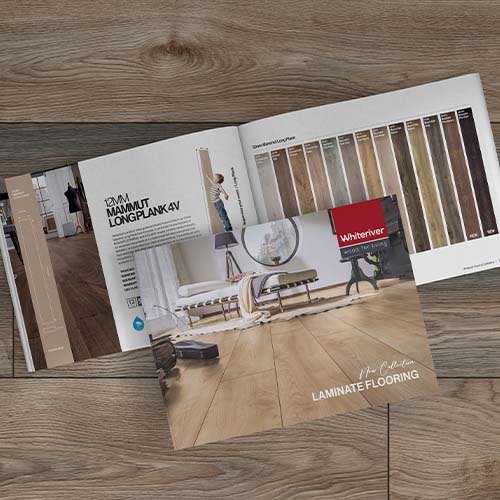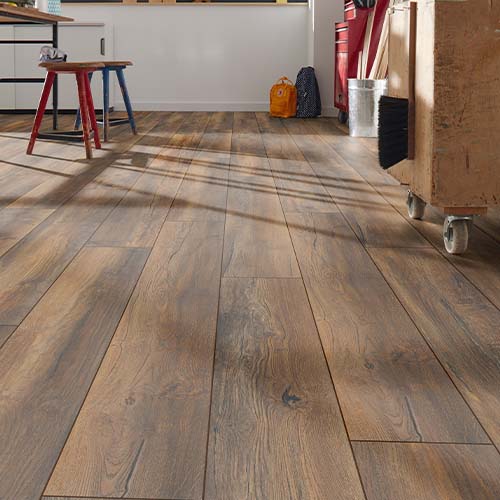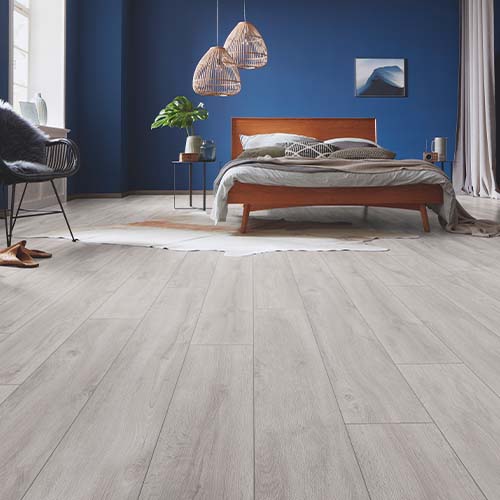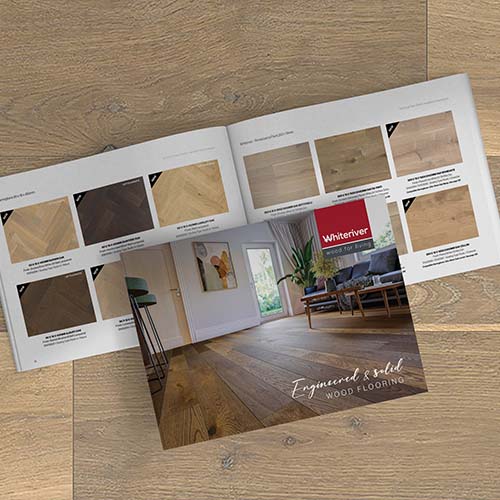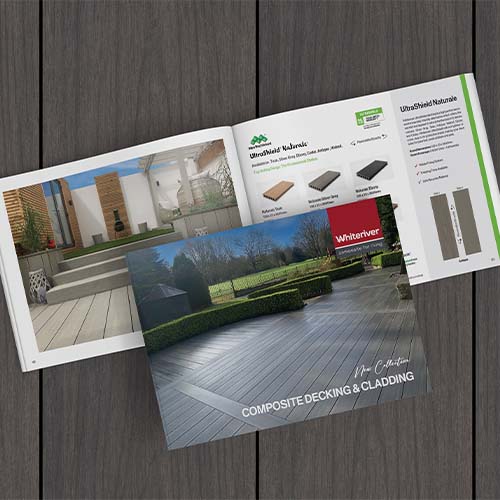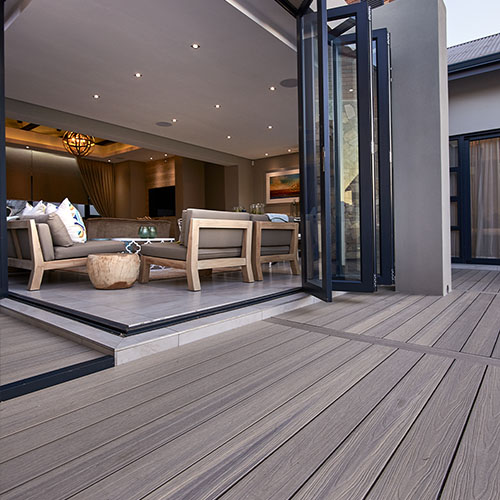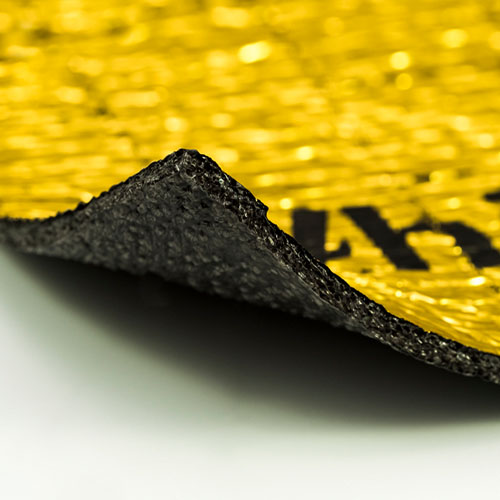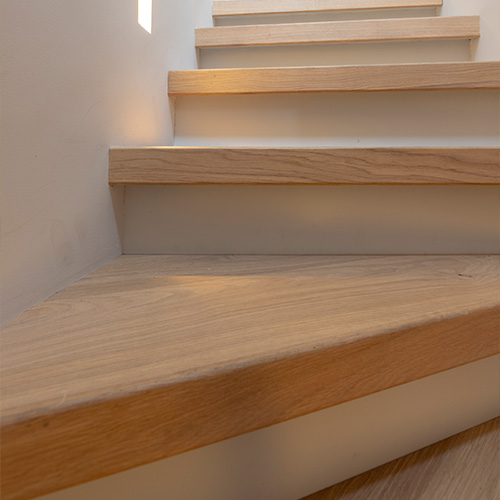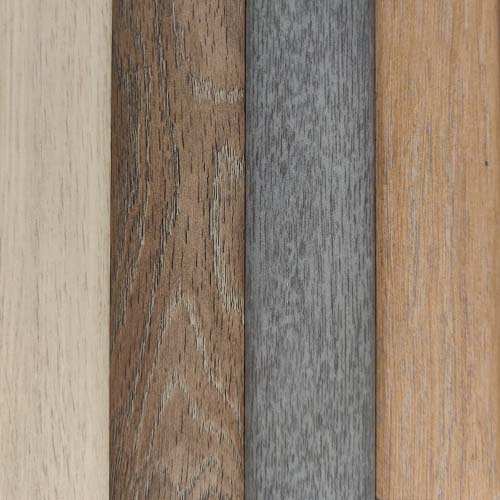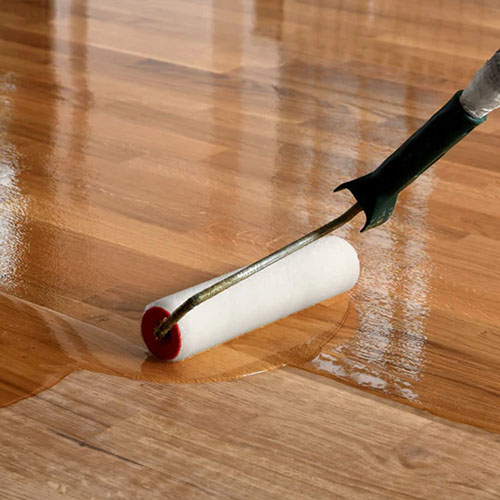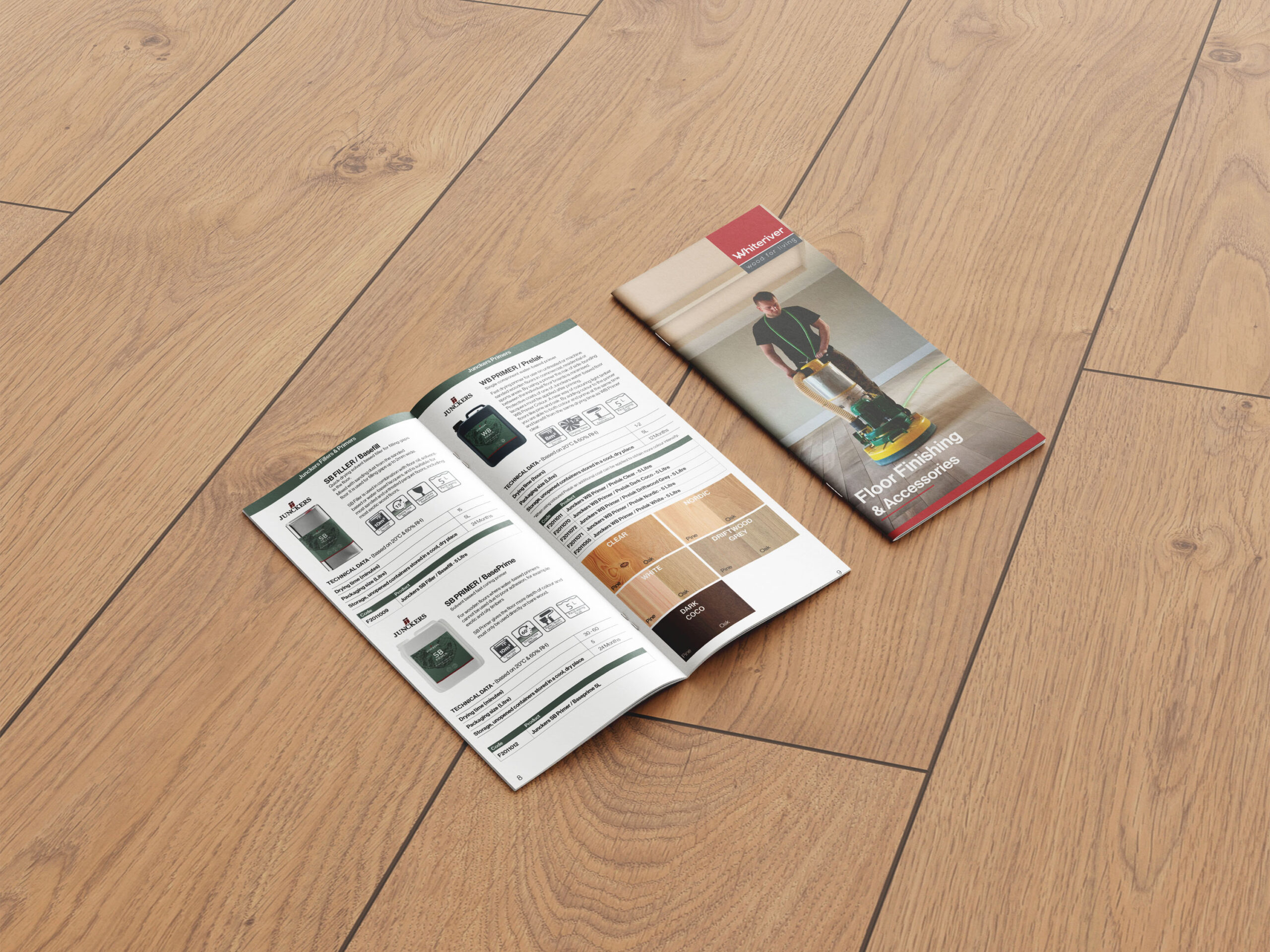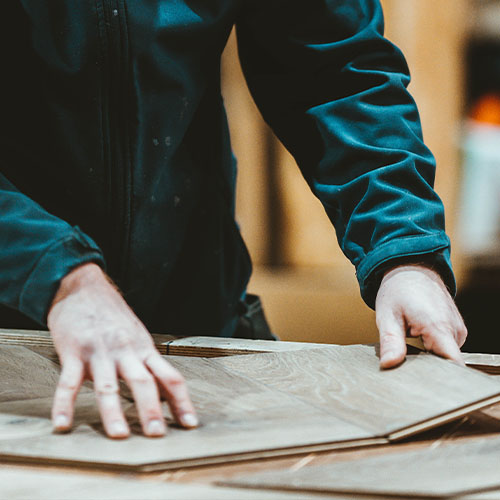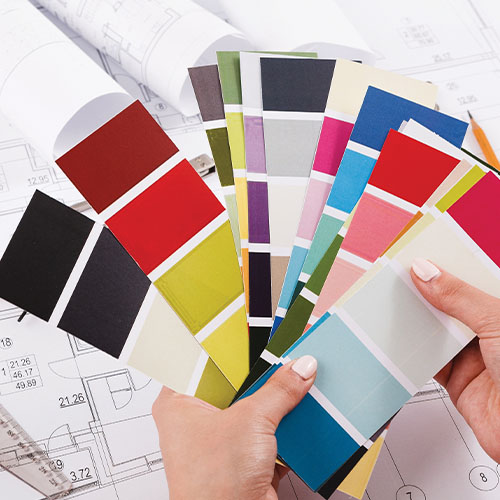Composite Decking Resources
Avoid Installation Errors
Key points on how to fit your composite decking correctly.
Following on from our Dos and Don’ts we explain the issues that can arise if decks are not installed or maintained correctly.
What happens if I leave soil under my deck area?
The soil will retain a lot of moisture and this will affect your decks performance. You need to remove the soil and then stone the area below your deck. You also need to ensure the area is free draining. If your deck is being raised by more than 1m and the area is being left completely open underneath the ground type is less important.
What happens if water pools under my deck?
Similar to the reasons mentioned above for soil, it will have a negative affect on your substructure and deck boards performance. If in a balcony area, it may be a sign that there may be a blocked drain.
What happens if I fit my deck flat with no fall?
If you fit your deck flat, the water will not be able to drain off your deck boards easily and your deck will remain wet for much longer periods after it rains. This will cause your deck to catch more dirt and will also encourage over time mould growth to develop.
What happens if I fit my deck with north or east facing orientation?
Your deck will get much less sun light and will be more prone to being damp and wet for longer. If you are fitting in a north facing area, your deck will require more regular cleaning.
What happens if I don’t provide ventilation under my deck?
The area under your deck will become damp and this may cause your substructure to rot or corrode over time, the decking will also expand and contract a lot more as the excess moisture will pass into the decking boards. Your substructure therefore needs ventilation for 2 reasons.
What happens if I don’t leave expansion gap of 5mm at board ends or 10mm around perimeter walls?
Composite decking will expand and contract as the climate changes. If there is no room for the boards to expand, they will push against each other or the wall and eventually they will develop cracks.
What happens if I don’t use a double joist where board ends meet?
The reason you use a double joist where board ends meet is that the water can drain off the board ends freely and fall to the ground. The board ends are also properly supported with clips. If the board ends are left resting on the joist there is the risk that they will absorb excess moisture causing the boards ends to swell and expand.
What happens if I don’t use one locking clip per board that is provided in the installation kit?
The boards may gradually slide along the normal clips and leave a big gap at one end. The teeth on the locking clip help control the boards movement, it is vital that one clip with teeth catches each board close to its mid-point.
What happens if I screwfix other items through the deck boards?
This will create a pressure point and the boards may crack over time as there may not be enough expansion room. Handrail systems should always be fixed to the substructure and not through the deck boards.
What happens if I don’t clean my deck?
Your deck will remain fine in the short term but over time the deck will collect dirt and pollen and eventually as the deck gets dirtier there will be some green or black mould growth. Your deck never needs to be painted or sealed but it is important to have a cleaning programme.
